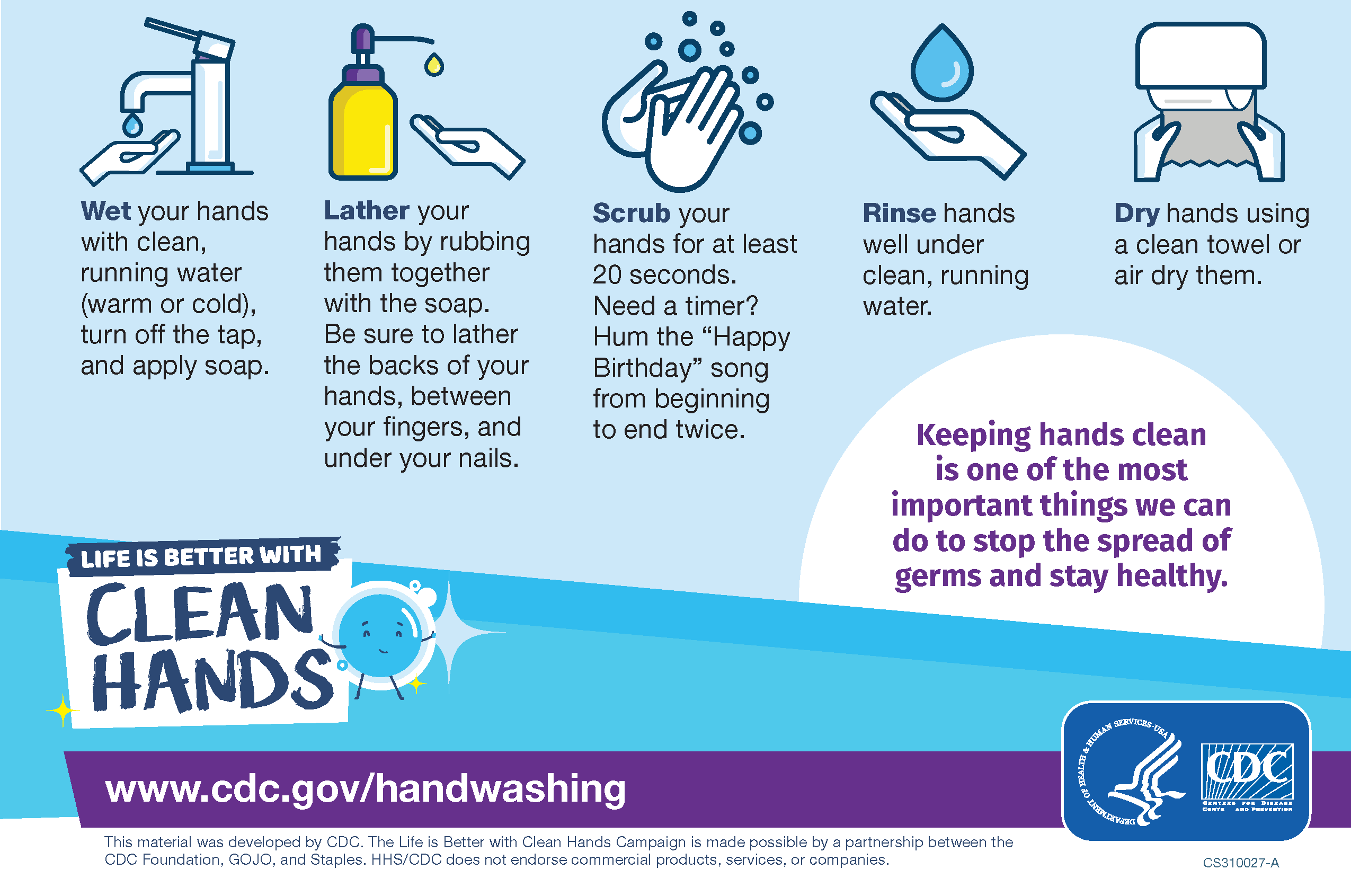Contact
Lindsey Sexton
Social Media Coordinator
Phone: 501-671-2398
Email: arsnaped@uada.edu
Have a Happy Healthy Thanksgiving

Family holiday meals can hold enough uncertainties of their own. Let us help you plan ahead and take the guesswork out of some common food safety questions you may have about feeding your family this Thanksgiving!
Should I thaw my frozen turkey on the counter?
Never.
Never thaw meat:
- on a countertop
- anywhere at room temperature
- in hot water
What's the safest way to thaw a turkey?
The best way to thaw your turkey and any other frozen food is by placing it in a container in the refrigerator. It takes about 1 day for each 4-5 pounds to thaw a turkey in the refrigerator.
You can also thaw the turkey in a leak-proof plastic bag in cold tap water. You will need about 30 minutes of thawing per pound of turkey. Change the water every 30 minutes until the turkey is thawed. Then, cook immediately.
Be sure to wash your hands in a separate basin with soap and running water for at least 20 seconds before unplugging the sink AND after plugging it back up.
Should I wash my turkey before I prepare it?
Never. Washing meat and poultry is an unnecessary process that puts you at high risk of cross-contaminating everything else you may be handling that day.
You should, however, wash your hands with soap and running water for at least 20 seconds before AND after handling different foods.
How can I tell when my turkey is done?
Food thermometer – if you don’t have one, please get one and use it! The only way to be sure your turkey is safe to eat is by inserting a meat thermometer into the center of the stuffing and the thickest portions of the breast, thigh, and wing joint (making sure your thermometer does not touch the bone). Even if your turkey has a pop-up temperature indicator, you should still use a food thermometer to check that it is safely cooked.
Have we mentioned washing your hands? :) Remember to always wash your hands with soap and running water for at least 20 seconds before AND after handling any food.
Dinner is ready but my family isn’t. What should I do?
Hold all hot foods at or above 140°F. Hold all cold foods at or below 40°F. That’s right, keep that pasta salad in the fridge as close to serving time as possible. Holding foods between 40°F – 140°F is called the “Danger Zone” and promotes bacteria growth and food spoilage.
Washing your hands with soap and running water for at least 20 seconds before AND after handling any food is another great way to cut down on accidentally transferring any bacteria from one dish to another.
Can I leave out the leftovers between Thanksgiving lunch and supper?
Please don’t! Thanksgiving leftovers make for some great meals and we want your last holiday meal to be just as safe as your first. Within 2 hours of finishing Thanksgiving dinner, refrigerate any leftover foods in shallow containers. Don’t wait for anything to cool, simply split up the leftovers into shallow containers (even the meat) and spread them around the fridge. They will cool to a safe temp in no time! This would also be a good time to make sure your refrigerator is at or below 40°F and your freezer is at or below 0°F.
Even with leftovers, it’s important to remember to always wash your hands with soap and running water for at least 20 seconds before AND after handling any prepared dishes.
Why can’t I leave out the leftovers between Thanksgiving lunch and supper?
Just as unwashed hands harbor food-borne illness causing bacteria, cooked foods also breed bacteria when left exposed to room temperature for long periods of time. Some bacteria can produce toxins. If a person consumes foods with the bacteria or toxins, they are at risk for food borne illness (especially the young and elderly). And no one wants any bad surprises during the holidays.
What is the best way to reheat Thanksgiving leftovers?
When you are ready to eat your leftovers, the golden rule is to reheat foods to 165°F. Using a food thermometer to ensure it reaches the correct temperature is the only guarantee you have to a safe reheating. If you have left over soups, broths or other hot liquids, bring them to a boil before serving. If you microwave any foods, mix foods well to prevent any unheated spots.
Make sure to use any refrigerated leftovers within 3-4 days. You can also freeze leftovers up to 6 months.
And remember, always wash your… eh, I think you get the point. But just in case, the steps are below.
Cheers!
How to Wash Your Hands
